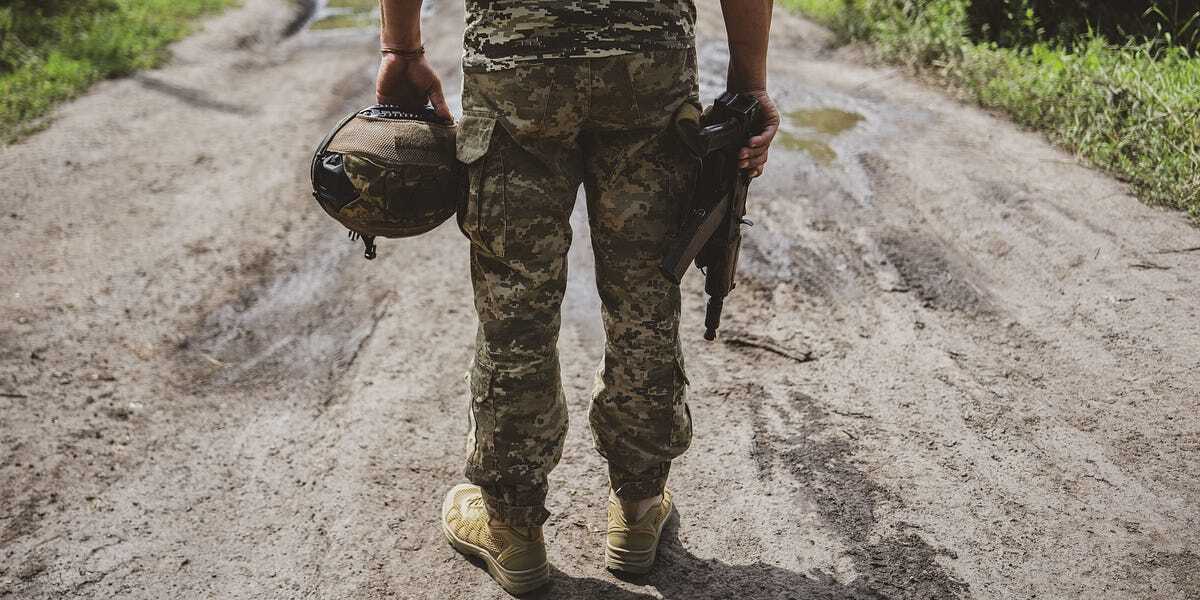- cross-posted to:
- Ukraine_UA@kbin.social
- cross-posted to:
- Ukraine_UA@kbin.social
Really interesting article providing context to what is happening from someone with experience at commanding major military operations. Definitely gives new perspective to why Ukraine has struggled lately to make significant progress.
To add to that, they are also on the clock. Once mud season starts, advancing becomes almost impossible until the winter sets in, giving extra time for the defending force to resupply, strengthen positions and bring in new troops.
You can see the Ukrainians are pushing hard to get the supply lines to Melitopol in HIMARS range. All the rest is a secondary objective at the moment, I think. If they can severely weaken or cut the supply lines over the land bridge, the bridge to Crimea becomes a single point of failure for the supply routes to Crimea and Cherson. If that is achieved, I’m sure UA will find a way to cut that line as well.
This is the best summary I could come up with:
If you leave Los Angeles and drive for about two hours into the desert about halfway to Las Vegas, you’ll come upon the town of Barstow, California.
If you stay on Interstate 15 a little longer, you can turn onto Fort Irwin Road and see a road sign: “Next 37 Miles, Absolutely Nothing.” At the end of that trek is the Goldstone Deep Space Communication Complex, where NASA tracks and communicates with interplanetary space missions, and Fort Irwin, the home of the U.S. Army’s National Training Center (NTC) since 1981.
At the NTC, heavy brigades from all over the continental United States bring their command posts with dozens of staff officers along with thousands of soldiers mounted on tanks, infantry fighting vehicles, artillery cannons and HIMARS, engineer de-mining and construction equipment, air defense medium-range rockets and missiles, attack and scout helicopters, drones, trucks, and all sorts of logistical support vehicles from fuelers to ammo carriers to participate in multiple missions.
Throughout these force-on-force battles, the training units are closely watched by several hundred “observer/controllers” from the Operations Group, who record every important conversation and capture every key movement on video.
In addition to the very real deaths, injuries, and damage, the Ukrainians are attempting deliberate attacks at a much larger scale, with all their brigades just a parts of an overall large offensive operation.
Working with them extensively in 2010-2012, it was obvious some of their commanders (especially my counterpart, Col. Gen. Henadii Vorobiov) were desperately attempting to shed the post-Soviet Army, artillery-centric, institutional approach to warfare.
The original article contains 1,137 words, the summary contains 257 words. Saved 77%. I’m a bot and I’m open source!
Not the best summary



